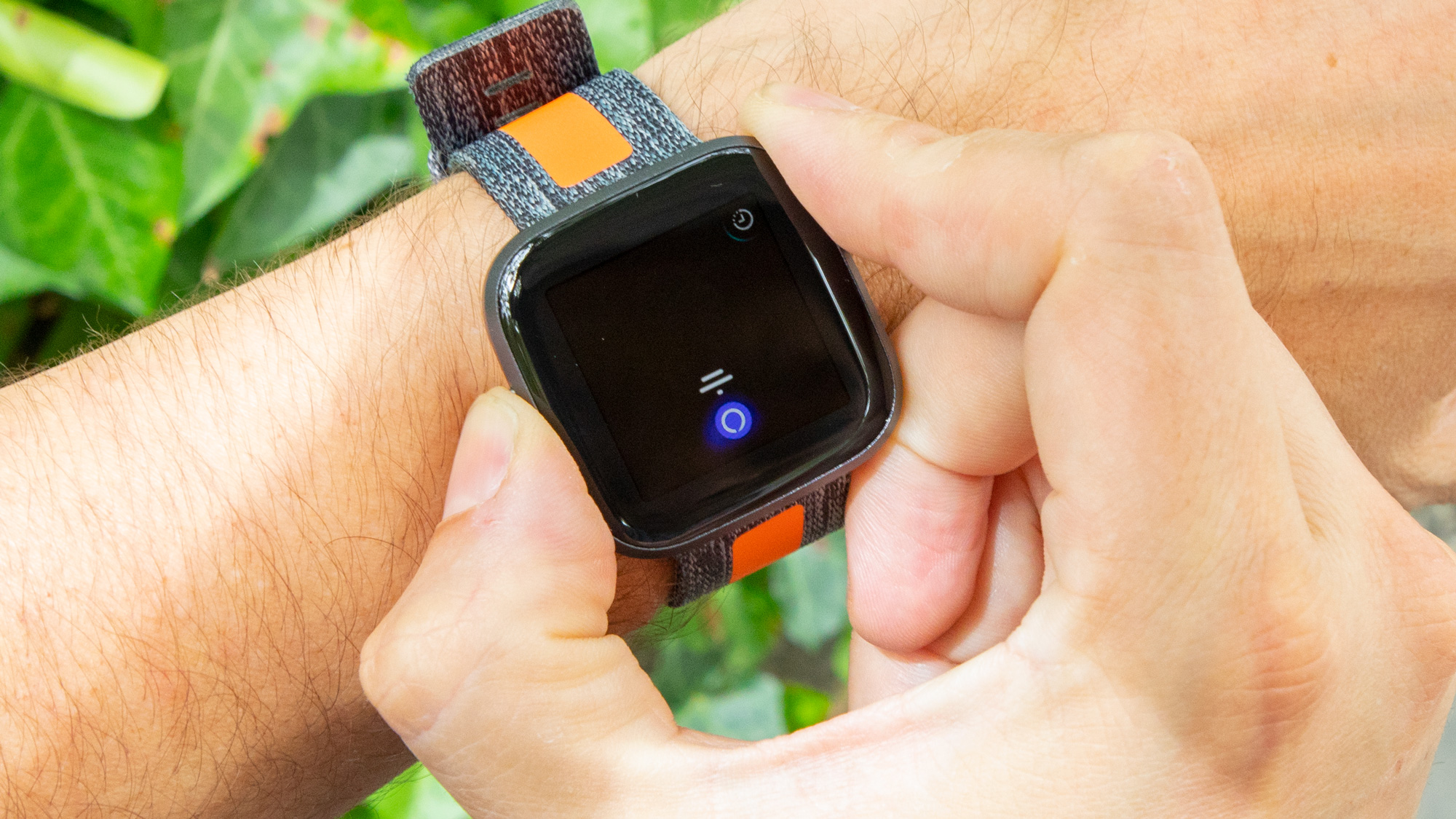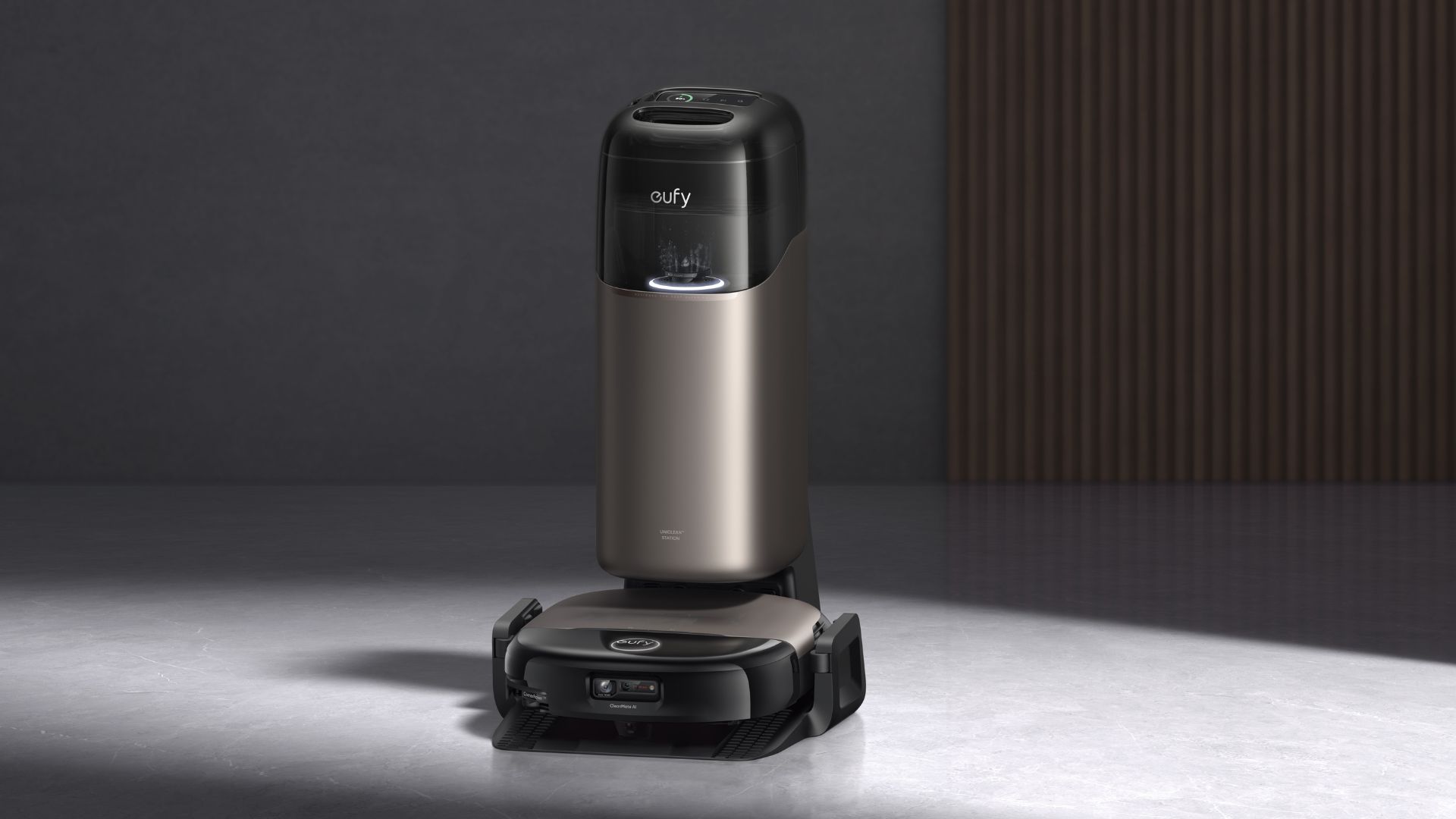Fitbit steals Apple Watch's thunder with blood oxygen monitoring
Newly enabled Fitbit feature can help identify sleep apnea

Your Fitibit smartwatch can now do something an Apple Watch cannot — monitor blood oxygen saturation levels.
The new capability has launched without much fanfare, with TizenHelp noting today (Jan. 15) that some Fitbit owners have noticed blood oxygen saturation data appearing within a graph in the Fitbit app.
Many Fitbit smartwatches have had the ability to monitor blood oxygen levels for a while now, starting with the Fitbit Iconic in 2017. The Iconic include an SpO2 sensor, but Fitbit had yet to enable the feature, even as it shipped other wearables with that sensor. That's apparently changed thanks to a software update that's rolled out to those watches.
Besides the Iconic, the Versa, Versa Lite, Versa 2 and Charge 3 all support the new tracking capability.
Fitbit's blood oxygen saturation data is merely an estimate, but even that can be helpful for tracking your health. Wide variations in blood oxygen can point to issues with breathing, a clue that you may be suffering from conditions like sleep apnea.
Rumors about the Apple Watch have long suggested that Apple's smartwatch will eventually add sleep tracking capabilities, including sleep apnea detection, and Apple holds some patents in this area. And while the feature could be a focal point of this year's annual watchOS update, Fitbit has gotten a jump on Apple.
Another smartwatch with health tracking ambitions, the $249 Withings ScanWatch from Withings, debuted at CES earlier this month. That device, which is awaiting U.S. Food & Drug Administration clearance, also includes an SpO2 sensor for measuring blood oxygen saturation levels, among other features. But there's no ship date yet for the ScanWatch while Withings waits for the FDA's OK.
Get instant access to breaking news, the hottest reviews, great deals and helpful tips.
Philip Michaels is a Managing Editor at Tom's Guide. He's been covering personal technology since 1999 and was in the building when Steve Jobs showed off the iPhone for the first time. He's been evaluating smartphones since that first iPhone debuted in 2007, and he's been following phone carriers and smartphone plans since 2015. He has strong opinions about Apple, the Oakland Athletics, old movies and proper butchery techniques. Follow him at @PhilipMichaels.

